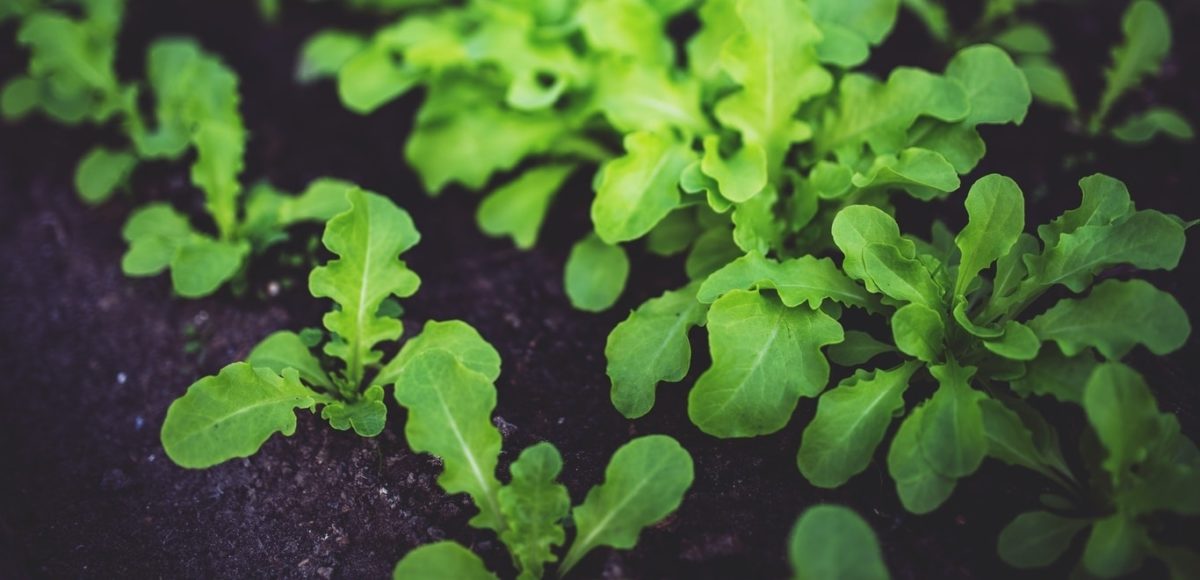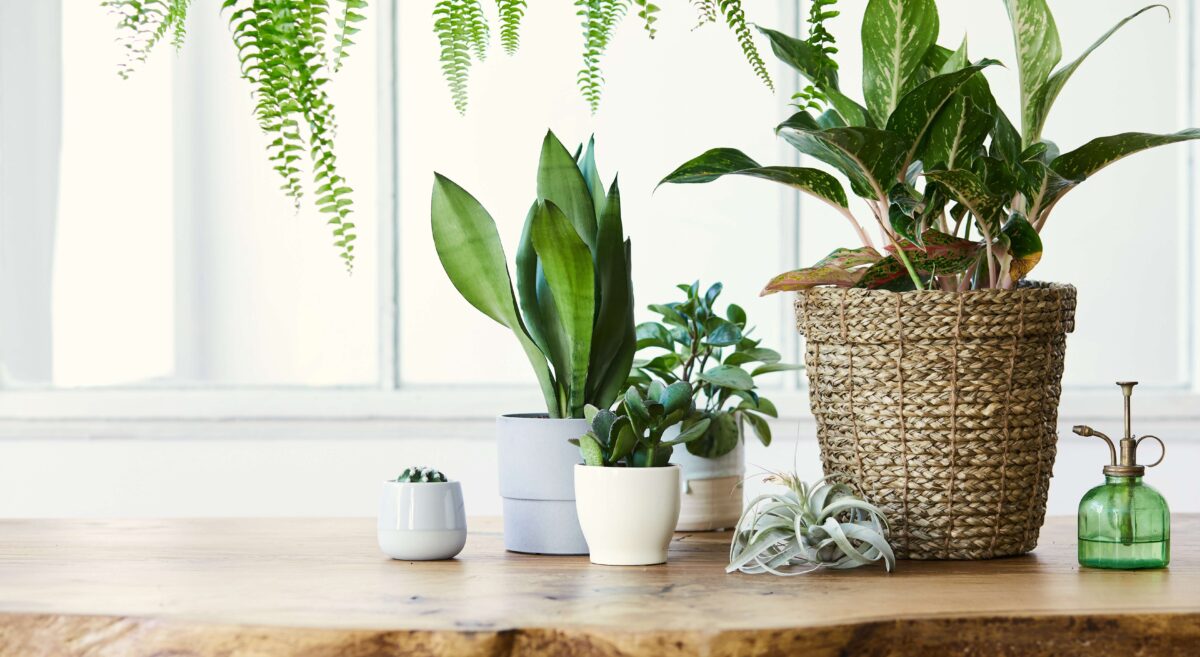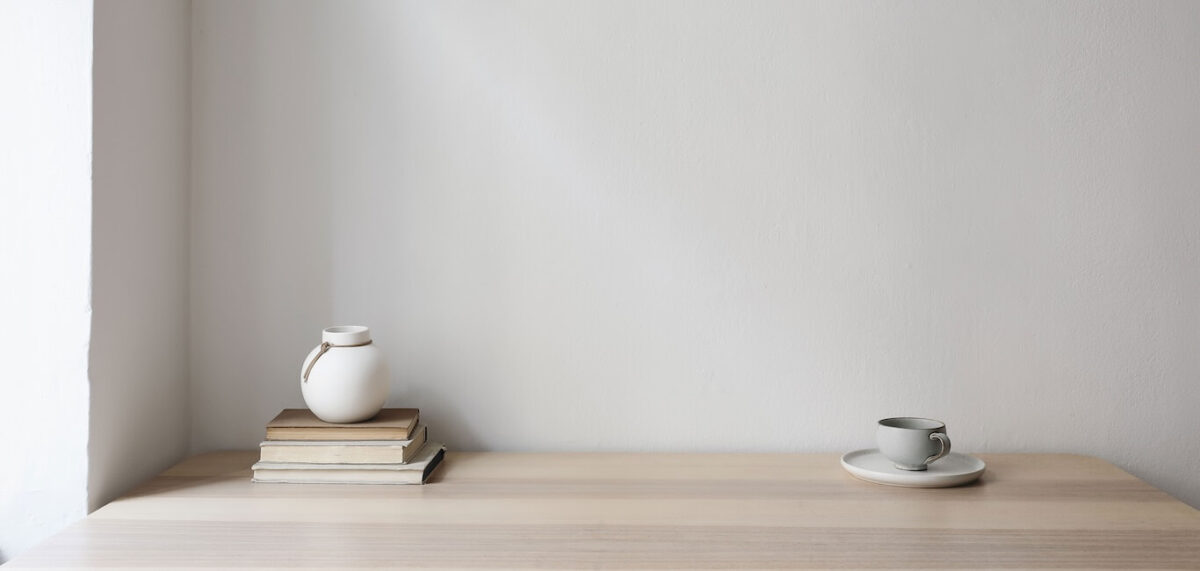You’ve managed to keep your beloved potted plant alive. Now it’s time to level up your DIY home upgrade game! Are you ready to put your green thumb to the test? Create a small, manageable backyard garden! Whether you want your garden to grow vegetables or a flower bed to make your neighbors green with envy, here’s a step-by-step guide on how to start a backyard garden.
Figure out what you want to grow in your garden.
You’ve got to start with the basics! Are you dreaming of a homegrown flower arrangement on your dining room table or a meal of fresh veggies and herbs straight from the garden? Once you’ve decided on a route to take, you’ll want to narrow it down even more.
For example, do you want something that will bloom every summer, or do you envision replanting your garden yearly, as the winter melts away? Do you know precisely what grows best in your specific climate? Talking to an expert at a garden shop or nursery is a great place to start!
Oh, and one more word of advice: don’t grow anything your family doesn’t actually enjoy eating. Growing cucumbers might sound fun… but if they go to waste, what’s the point?
Get your gardening essentials.
While growing your own fruits, vegetables, herbs, and flowers can save you money in the long run, you will need to invest in a few gardening tools before starting. In terms of smaller tools, a hand rake, hand pruner, and hand trowel do everything you need. Big basics include a shovel, digging fork, and rake. Don’t forget a durable pair of gardening gloves and watering can, too!
Additionally, invest in convenient storage solutions to keep your gardening tools from turning into disorganized garage clutter. Save your money for the plants and grab affordable, up-cycled shelving from CORT Furniture Outlet to organize and store your tools.
Scope out the perfect spot.
Before you start digging away, it’s a good idea to observe your yard for a couple of days. Different plants have different sunlight and shade needs that may dictate where and how you layout your garden. For example, most flower and veggie gardens do best with six or more hours of daily sunshine, while other things like root veggies and ferns can handle varying degrees of shade. When you’re shopping for your garden goodies, check their tags to get an idea of their sunlight requirements. It’s also vital to pick a flat spot that is shielded from wind, if possible.
If you’re interested in gardening all year long, consider learning how to make a homemade greenhouse! Particularly handy crafters may be up for creating a DIY mini greenhouse using one of the many free tutorials online. Surprisingly, there are quite a few affordable pre-made options for anyone unable (or unwilling!) to build one from scratch.
Get clearing!
Once you’ve picked your spot and the plants that will thrive there, it’s time to work. Clear the sod in that area, and dig into the soil — at least one foot is ideal. Carefully remove any rocks, roots, and other debris in the soil, while thoroughly turning the soil. You can use a shovel for this, but the rake or digging fork may work better, depending on the terrain.
Add compost (or other organic matter) and work it into the soil.
To create the best environment for your new plants, you’ll need to enrich the soil with organic matter, from compost to peat to manure. You can also use things like decayed leaves or grass clippings. Add two to three inches of this matter, and use your trowel to mix it into the soil you previously dug up. Once you’ve worked the organic matter thoroughly into the ground, make sure everything is level and use your rake to smooth everything out.
Plant, and cover the rest of the soil with mulch.
Finally, it’s time to plant! The specifics for this step – like depth and spacing – will be spelled out for you on the plants’ tags, so make sure to consult those before you start this step! Once you’ve planted your seeds or plants, cover the exposed soil with mulch. This has several benefits, from sealing in the soil’s moisture to improving the soil over time.
Give your small backyard garden plenty of TLC, and enjoy it!
Whether you’ve chosen to start from seeds or propagate from cuttings, you’ll have to come up with a weekly watering timeline. This watering schedule will largely depend on factors like the type of plants you’re growing, how much sun your garden gets, and how quickly the soil dries out. You’ll need to regularly pull weeds and add fertilizer (or pesticides) to help your plants stay bug- and pest-free.
Stop and smell the roses.
Starting a backyard garden can feel like an intimidating task, but the sense of accomplishment will be well worth it. Plus, nothing tastes quite as delicious (or rewarding) as homemade pesto made with fresh-picked basil!
Need a place to store your gardening tools, or a gently-used patio set to enjoy your flower bed to the max? Shop previously rented furniture at your nearest CORT Furniture Outlet, where you can find plenty stylish storage and outdoor seating options!





